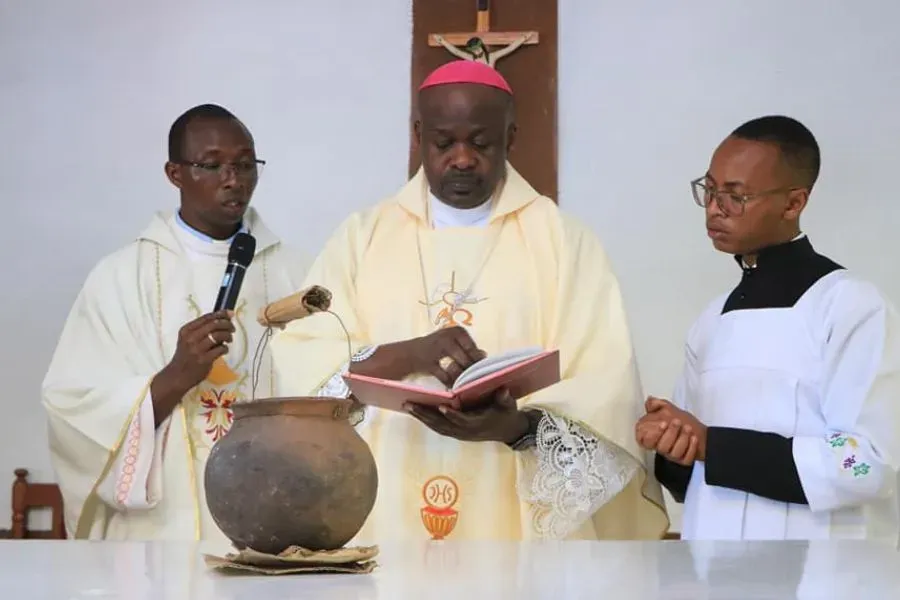On January 27, the Rwandan-backed March 23 Movement (M23) rebels announced that its forces had taken over the capital of Eastern Province of the DRC, Goma, Reuters reported.
“Rwandan-backed rebels marched into eastern Congo's largest city Goma on Monday (January 27), and the U.N. said they were supported by at least some regular Rwandan troops, in the worst escalation of a long-running conflict for more than a decade,” the January 27 Reuters report indicated.
In the February 12 interview with ACI Africa, Sr. Carla acknowledged the challenges posed by the situation in the DRC and the logistical hurdles of accommodating refugees, particularly in provinces with limited infrastructure.
“As a Church, we are moved and saddened by the reality of the conflict in the DRC. The migration issue also concerns us: how are these people moving? So far, we have no statistical data on the arrival of refugees at our borders, but since the conflict is happening in Eastern Congo, it may take some time for these people to reach Angola,” she said.
The Executive Secretary of CEPAMI in Angola said that that the preparedness to handle the refugees has involved partnerships. “We are on standby, along with other organizations, to receive them, as this is our mission,” she said.
The reception of the refugees, Scalabrinian Sister went on to say, “is a major concern because the Angolan state, when receiving these people, needs to ensure dignified conditions, such as housing, food, and means of subsistence. These refugees are fleeing war, and neighbouring countries like Rwanda are already receiving many of them.”
Asked about the number of refugees in the region, Sr. Carla said, “In the past, statistics indicated that there were more than 60,000 refugees in Angola, with more than 35,000 being Congolese, mainly concentrated in the Dioceses of Luanda, Viana, and Caxito. However, in recent years, the refugee influx has significantly decreased. Last year, for example, only three families from Congo and Cameroon arrived seeking asylum. It was a year with few arrivals, with more Angolans leaving than refugees arriving.”
She noted that Angola, with its 2,511-kilometer border with the DRC, faces significant challenges from irregular migration, human trafficking, and smuggling.
The native of Brazil enlisted some gaps, which she said had been observed during visits to Dioceses such as Uíge, Moxico, and Cabinda, where porous borders facilitate easy cross-border movement.
“People can cross as regular or irregular migrants, as refugees, and goods such as beverages, food, and fuel also pass through easily. It is easy for Angolans to enter Congolese territory and for Congolese to enter Angolan territory to share experiences, cultivate land, and trade products,” she said.








